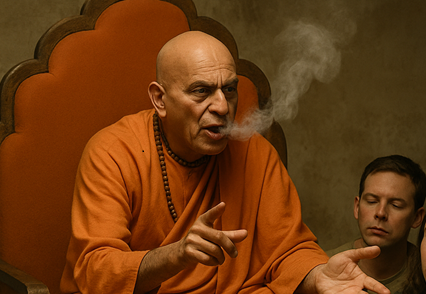
Walking the path of Gaudiya life and spirituality
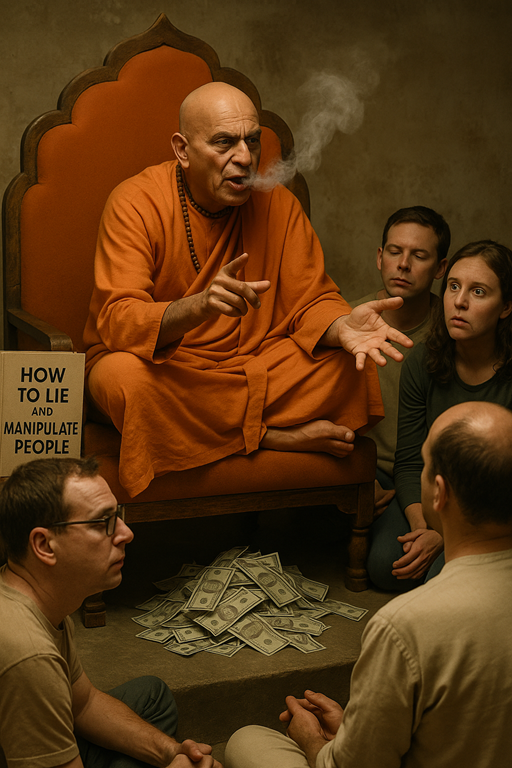
I frequently encounter fanatics who harshly criticize and offend anyone who doesn’t conform to their narrow understanding of the tradition. Jesus said in Matthew 7:3–5:
“They see the speck in their brother’s eye, but not the log in their own”
a timeless truth that echoes across all cultures.
Psychology
In Psychology, this behavior is known as projection—a defense mechanism in which individuals unconsciously attribute their own undesirable feelings, thoughts, or flaws to
others. It’s a primitive yet widespread psychological tactic. The concept of projection was originally introduced by Sigmund Freud and later expanded upon by his daughter,
Anna Freud.
Examples of Projection
- Projecting Feelings: A wife is attracted to a male co-worker but can’t admit her feelings, so when her husband mentions a female colleague, she becomes jealous
and accuses him of being attracted to the other woman. - Projecting Infidelity: Someone prone to infidelity in their own relationships may frequently accuse their partner of cheating.
- Projecting Dishonesty: A dishonest employee—perhaps one who steals office supplies—may constantly suspect colleagues of theft. By projecting their own dishonest tendencies onto others, they temporarily relieve themselves of guilt and anxiety.
- Projecting Homosexuality: A man who feels insecure about his masculinity may mock other men for behaving in ways he deems “feminine.”
- Narcissistic Projection: Narcissists often project their own flaws, insecurities, or shortcomings onto others to protect their fragile self-esteem and maintain their inflated self-image.
- Apasampradāya Projection: Do not listen to the ”babaji stuff,” do not associate with traditional Gaudiyas, do not visit other temples, do not speak with members of other sampradayas, and do not read books by other teachers—because if you realize the truth, you’ll realize that we are the real apasampradāya.
Often, projection is used by those trying to elevate themselves to a status they haven’t truly earned. Sometimes, it’s even done consciously—by people who, aware of their
own flaws, try to tarnish others to appear superior. They cast a distorted image onto others, hoping to mask their own inner failures. I want to address this with clarity. To do so, I must cite real-life examples. In the following conversation, the so-called ācārya is speaking with his “disciples” and
offensively refers to one of the Navadvīpa saints: Lalitā Sakhī Mā. After sharing the incident, I will briefly tell her real story.
Prabhupāda Mocks Men Who Imitate Women
Śrīla Prabhupāda:
Sakhibheki. There are so many *apasampradayas—thirteen, at least, according to Bhaktivinoda Ṭhākura’s counting: aula, baula, karttābhajā, neda, daraveśa, sānī, sahajiyā, sakhibheki, smārta, jāta-gosāñi, ativādī, cūḍādhārī, and gaurāṅga-nāgarī. These thirteen or fourteen are apasampradayas. They present themselves as followers of Caitanya Mahāprabhu, but they are the worst—completely rejected.
The sakhibheki dress like gopīs, trying to deceive Kṛṣṇa. “Kṛṣṇa is attracted to the gopīs, so I’ll become one—Kṛṣṇa won’t know I’m a man!” (laughter) Just see their so-called
intelligence! “I’ve become a sakhī. Now Kṛṣṇa will embrace and kiss me.” As if Kṛṣṇa is so foolish. (laughs) These rascals are doing that. Sakhibheki. There was one Lalitāsakhī in Navadvīpa…
Apasampradāya
Meaning:
- Apa = false, deviated, or improper
- Sampradāya = disciplic lineage or tradition
Apasampradāya means a deviant or unauthentic spiritual lineage, particularly used
in Gauḍīya Vaiṣṇava context to refer to groups that imitate or distort the teachings of Śrī
Caitanya Mahāprabhu.
Was Bhakti Siddhānta Sarasvatī Part Of A Genuine
Sampradāya?
It is well known in many Gauḍīya circles that Bimala Prasād Datta (later known as Bhakti Siddhānta Sarasvatī) was not formally initiated into any established Gauḍīya Vaiṣṇava lineage. His multiple versions of how he received dīkṣā serve as evidence of this uncertainty:
In one version, he claimed that Gaura Kiśora Dās Bābājī gave him dīkṣā.
In another, he later stated that Gaura Kiśora Dās Bābājī threw stones at him, which he interpreted as a form of initiation.
Finally, he presented a third version—that Gaura Kiśora Dās Bābājī gave him dīkṣā in a dream.
Receiving dīkṣā in a dream is considered apasiddhānta
The wife of Advaita Ācārya (Pañca-tattva), Sītā Ṭhākurāṇī, once received dīkṣā in a dream. However, even in her case, that initiation was not accepted as genuine according to tradition. Following this incident, Advaita Ācārya personally gave her dīkṣā by ear—through the proper guru-to-disciple transmission. Therefore, the idea of dream dīkṣā, as later claimed by Bimala Prasād Datta (Bhakti Siddhānta Sarasvatī), cannot be considered valid within the Gauḍīya Vaiṣṇava tradition.
Furthermore, Bimala Prasād Datta introduced brāhmaṇa initiation for his followers, including the chanting of the Brahma Gāyatrī mantra. This is a Vedic mantra, not a
Gauḍīya Vaiṣṇava dīkṣā mantra, and such a practice is not supported by the recognized 64 Gauḍīya parivāras (lineages). The introduction of Brahma Gāyatrī dīkṣā is thus also considered apasiddhānta.
In addition, Bimala Prasād Datta have gave himself sannyāsa—in a locked room, without any initiating ācārya. He adopted the saffron cloth, the daṇḍa, and gave himself the name Bhakti Siddhānta Sarasvatī. Such self-initiation into the sannyāsa order is against Gauḍīya tradition, where renunciates traditionally accept bābājī veśa (not saffron sannyāsa) through proper guru-paramparā.
Traditional Gauḍīya Vaiṣṇavism is grounded in a clear dīkṣā-paramparā, where both guru and disciple must be qualified, and where lineages are documented and traceable through the 64 recognized parivāras. Bimala Prasād Datta bypassed this system, created a new lineage, and established a new structure of guru-paramparā—which by all accounts, does not conform to the Gauḍīya model. By these standards, it falls into the category of an apasampradāya.
In order to defend this deviation, Bimala Prasād Datta and his followers began labeling anyone outside their newly created system as apasampradāya.
One might ask: Is this not a projection?
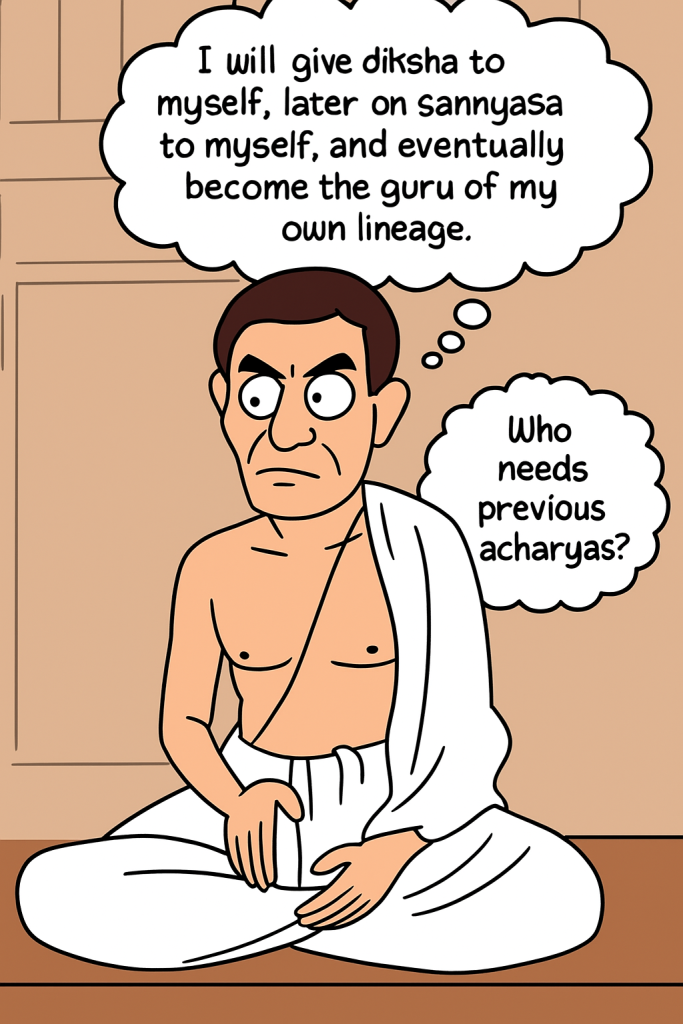
During his lifetime, there were still many recognized siddha Gauḍīyas from whom he could have taken dīkṣā. Why did he not do so? No one was willing to initiate him—or perhaps he was unwilling to submit to a guru’s instructions. Without a guru, he was free to act independently and implement whatever he wished. Was this the real reason? In the age of Kali Mahārāja, such things are not impossible.
Eat Meat and Become Kṛṣṇa Conscious
Bhakti Siddhānta Sarasvatī reportedly served meat to British guests at his own “āśrama”—not once, but multiple times. This behavior caused deep concern even among some of his most brilliant disciples. The revered Śrīla Śrīdhara Deva Goswāmī Mahārāja was troubled by the implications of such acts on the spiritual purity of the āśrama.
The justification given for such compromises was, “Let’s preach.” But to this day, I have never met anyone who became Kṛṣṇa conscious by eating meat.

If such behavior—self-initiated sannyāsa, imaginary dīkṣā, deviation from lineage, Vedic rituals outside tradition, and even serving meat in the name of preaching—does not constitute apasiddhānta and the formation of an apasampradāya, then I truly do not know what does.
Does this information mean that I am against Swami Bhaktivedanta or Bimala Prasād Datta? Absolutely not. As a researcher and follower of Gaudiya Vaishnavism, my mission is to discover, walk, and share the truth.
After awakening from the tamasic mindset of “non-questioning,” I have been able to uncover many truths—truths that, unsurprisingly, are uncomfortable for the Business of Faith. This applies not only to ISKCON and its roots but also to other lineages, including some within the Gaudiya tradition.
Personally, I have no enemies—nor am I looking for friends. My heart rests happily, knowing I have nothing but Guru, Bade Baba, Nitai-Gaur, and Radheshyam.
This very essay is not directed at ISKCON followers. It’s quite likely that nothing in it will be understood by them, I know very well what their minds are likely saying at this moment: “This is apasiddhānta. This is coming from sahajiyās. This is aparādha. This is Vaiṣṇava-nindā,” and so on.
Well, this essay is exactly about Vaiṣṇava-nindā—not as an accusation against Swami Bhaktivedanta himself, but rather in regard to the responsibility he holds for the countless offenses his followers commit daily.
It is no surprise, then, that genuine spiritual growth is virtually nonexistent in their temples. We all know this to be true.
Who Is This Lalitā Sakhī Prabhupāda Refers To?
The Lalitā-sakhī mentioned in this quote is none other than Sakhī Mā of Navadvīpa, a widely known and respected saint in Bengal. The tone of Swami Bhaktivedānta’s words is clearly mocking and dismissive. But who was this sadhu really?
To understand her properly, we must first recognize that Prema-bhakti—divine love—is not measured by Abrahamic, Western, European, or even conventional religious standards. Prema is a transcendental essence, fully present in Nitya-Vṛndāvana. Its laws transcend the material world.
The word “transcendental” itself comes from Latin:
- trans = across, beyond
- scandere = to climb
So transcendere literally means “to climb beyond” or “to rise above.” Thus, Prema is by its very nature something that exists beyond all we know—beyond reason, dogma, and even theology. It is not subject to mundane logic.
Jay Gopal, The Boy Who Could Levitate At Will
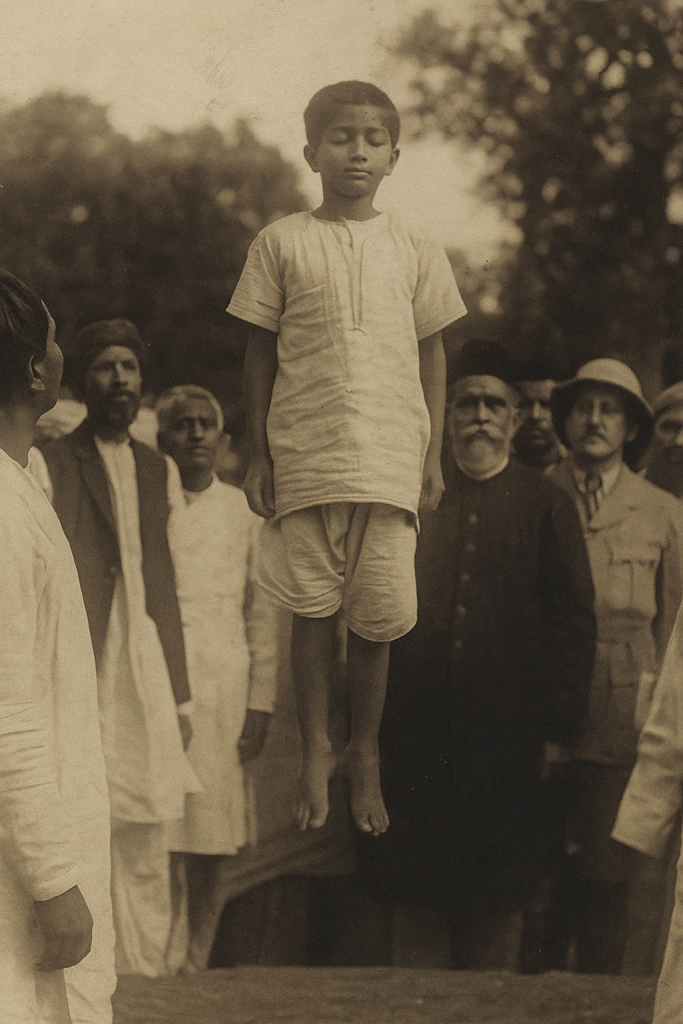
To illustrate this, consider the sacred līlā of Jay Gopal, a brahmacārī who, at the tender age of 11–13, could levitate at will in front of friends and family. He did this playfully, not realizing how impossible it seemed to others. He also healed the sick by simply singing Hari-kīrtana. His miracles were well-known in his village from an early age.
Such phenomena are possible only for siddhas—advanced mystics, incarnated for a divine mission. Jay Gopal’s Bengali biography documents many such events. He was a master of Sanskrit, a poet, a composer of devotional songs, and much more.
One day, Jay Gopal met his eternal Gurudeva, Śrī Śrī Rādharamaṇ Caraṇa Dās Dev (known as Bāḍe Bābā). The meeting was divinely orchestrated. As Bāḍe Bābā stepped off the train with his kīrtana group, a crowd was waiting with garlands. Looking around, as if searching for a dear friend, Bāḍe Bābā suddenly called out:
“Jay Gopal, you have come!”
He had never seen Jay Gopal before, did not know his name, yet recognized him instantly. Jay Gopal, overwhelmed with emotion and tears, stood frozen, holding a garland in his hands, unable to move.
Bāḍe Bābā smiled and said:
“Well, are you going to put that garland on my neck?”
This sacred moment was witnessed by hundreds of people. It was no ordinary meeting between teacher and disciple—it was the reunion of eternal companions. Stories like this, seen by thousands over the years, remind us: we are not speaking of ordinary jīva-ātmās, but of mahātmās, siddhas, and nitya-siddhas—eternal associates of the Divine.
Sakhibheki
As was his daily custom in Purī, Śrī Śrī Rādhāramaṇ Caraṇa Dās Dev (Bāḍe Bābā) visited the Jagannātha Mandir with his devotees, celebrating Hari-kīrtana. At that time, many of the kīrtanas were genuine rāga-kīrtanas. It is said that Bāḍe Bābā had the power to chant for hours in perfect melodies, rhymes, and siddhānta, without ever writing down the lyrics beforehand.
Among these kīrtanas was the now world-renowned:
“Bhaja Nitāi Gaura Rādhe-Śyām, Japa Hare Kṛṣṇa Hare Rām.”
The head paṇḍita of the Jagannātha temple (Jagannātha Puri) began to experience unusual phenomena during Bāḍe Bābā’s kīrtanas. Not just once or twice, but repeatedly over several days, he had the vision—while performing his service to Jagannātha, Baladeva, and Subhadrā Mātā—that the kīrtana-maṇḍala of Bāḍe Bābā transformed before his very eyes.
The sādhu-bābās, clad in white Gauḍīya-bābājī veśa, suddenly appeared as gopīs—not just dancing like gopīs, but actually becoming them. Their forms, clothing, and aura all reflected the scriptural descriptions of the gopīs of Vraja. The transformation was so intense and real that the paṇḍita began to question his own sanity.
Still reflecting deeply on these visions, one day during sevā, the paṇḍita saw it again—and at that exact moment, Lord Jagannātha’s garland fell from His neck, as if confirming the reality of what he had seen.
Shortly after, Jagannātha Himself appeared in a dream and instructed the paṇḍita:
“Take a sāṛī and give it to Bāḍe Bābā. One of his disciples is in need of it.”
Following the direct instruction of Mahāprabhu Jagannātha, the head temple paṇḍita went to Bāḍe Bābā’s āśrama, carrying a sāṛī with him. Upon entering, he saw Bāḍe Bābā surrounded by his powerful, radiant Gauḍīya disciples.
Bāḍe Bābā asked gently,
“What brings you here, dear paṇḍita? How can I serve you?”
The paṇḍita replied,
“Lord Jagannātha has sent this sāṛī for one of your disciples.”
Bāḍe Bābā, as if unaware of the divine arrangement, responded aloud:
“Who among us can wear a sāṛī? We are all men here!”
At that moment, his foremost disciple, Navadvīpa Dās Bābājī Mahārāja, a great siddha known for his deep devotion and mystical power, replied:
“Then you should wear it first, Gurudeva, until we find the one for whom it is meant.”
The sāṛī was placed on Bāḍe Bābā, and he began to dance while chanting sweet Vraja-līlās, fully absorbed in gopī-bhāva. The entire āśrama was lifted into ecstatic transcendence.
But there was one disciple who could neither dance nor sing. His body trembled, his tears flowed, but no sound came from his mouth. That soul was Jay Gopāl.
When Bāḍe Bābā returned from his trance, he turned to Jay Gopāl, removed the sāṛī, and placed it upon him, declaring:
“Jay Gopāl, you have been blessed by Lord Jagannātha Himself.
The mercy upon you is infinite.”
At that moment, Navadvīpa Dās Bābājī Mahārāja said:
“But now we cannot call him Jay Gopāl anymore.”
Bāḍe Bābā asked, “Then what shall we call him?”
Navadvīpa Dās Bābājī Mahārāja answered:
“Her name is Lalitā-sakhī.”
With this, Bāḍe Bābā gave her the bhāva-instruction:
“Gopāl, you have received the highest bhāva. From now on, you must live it—internally and externally. If you lose the meditation even for a second, it will vanish forever.” And so, Lalitā Sakhī—later affectionately known as Sakhī Mā—was born.
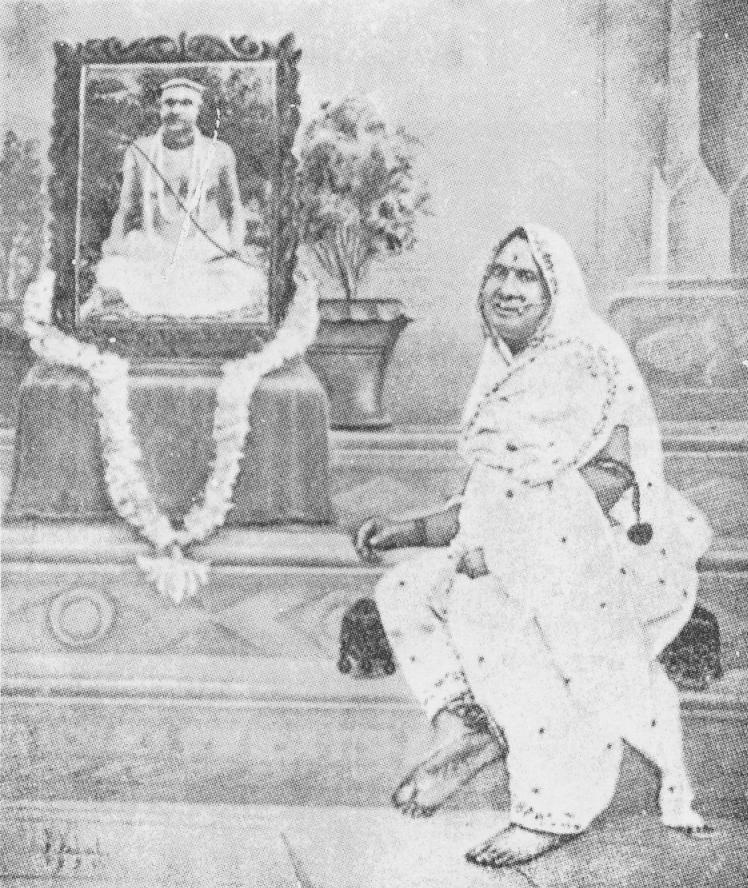
This is an extract of the full text
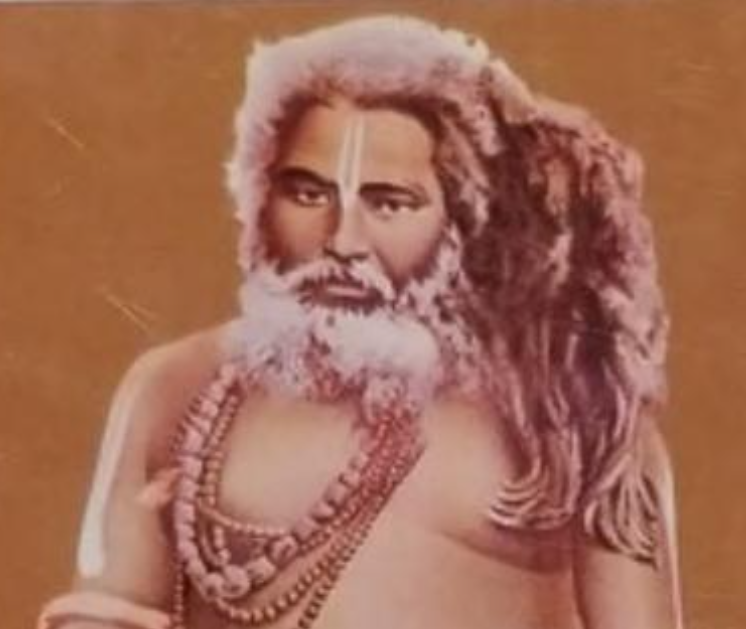
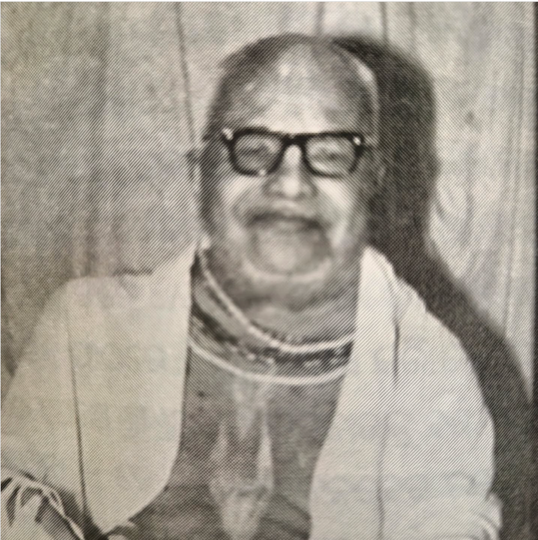
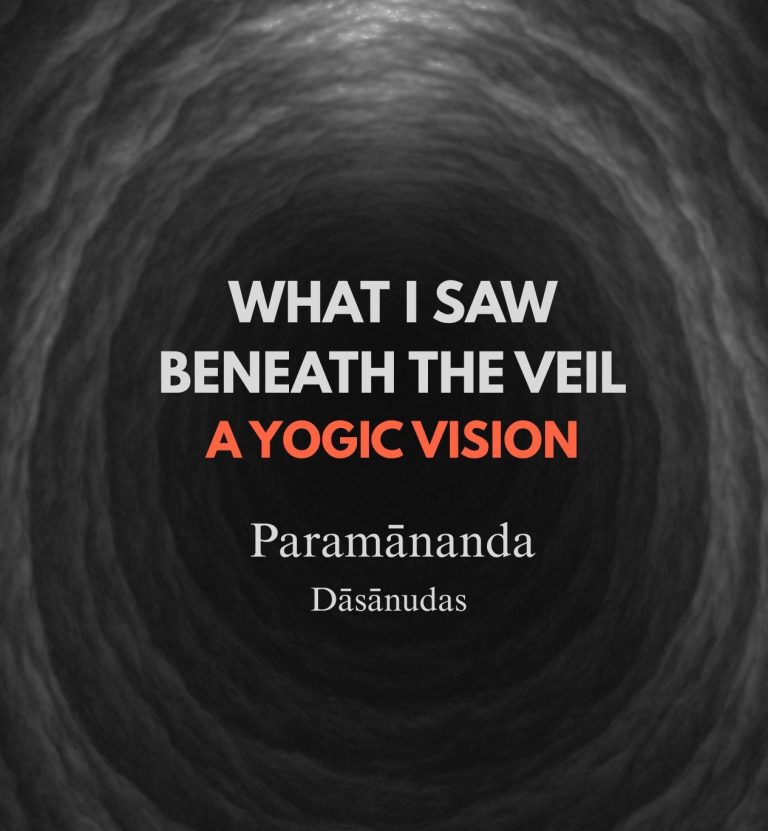
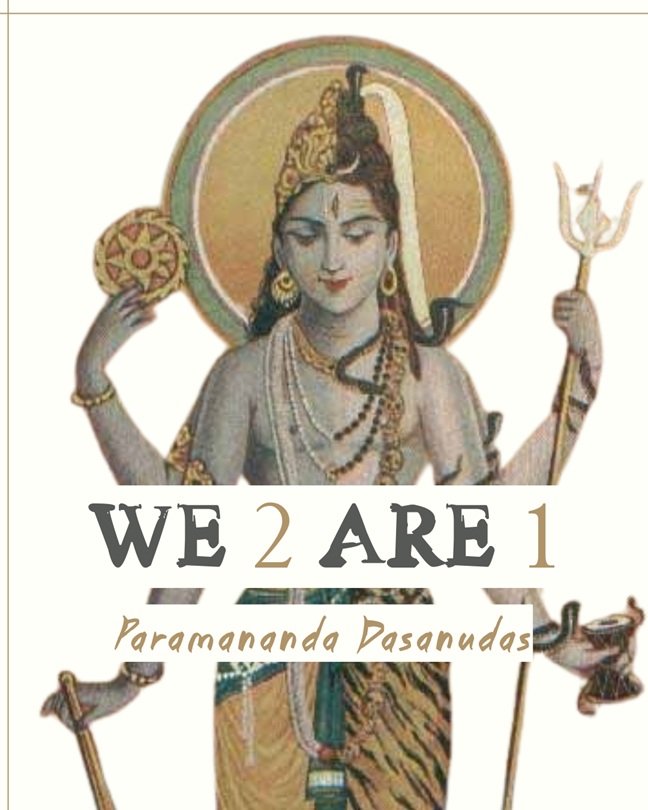
I am not surprised, but if anybody what to know the trues from bimal prasad follolowers? I think there are totaly lost.
que locura mental, termina el disipulo que busca un camino de verdad intoxicado de farza.
Pero la verdad llega al corazón sincero. Jay Radharaman dev!
Pranams Shiksha Paramananda.
Esta información tiene que ser muy perturbadora para los que conocieron esta filosofía de forma tergiversada. Solo decirles que la verdad y el conocimiento trascendental transmitido en forma fidedigna tendrá bases sólidas e irrefutables.
🙏🙏
Radheshyam